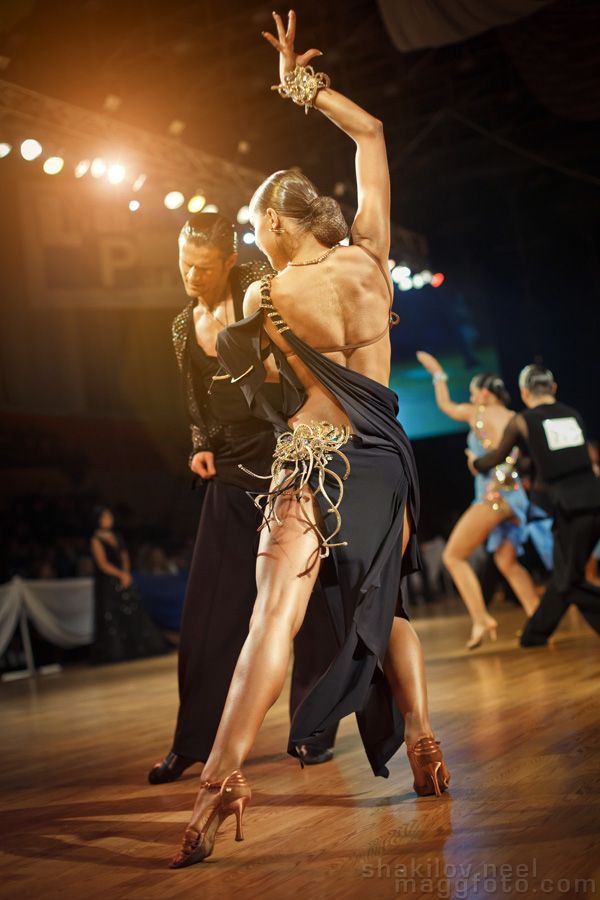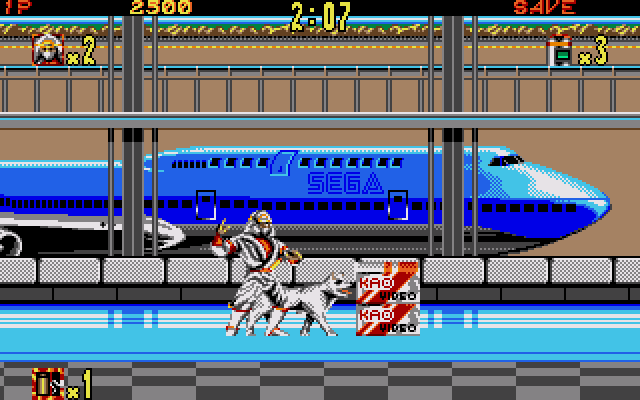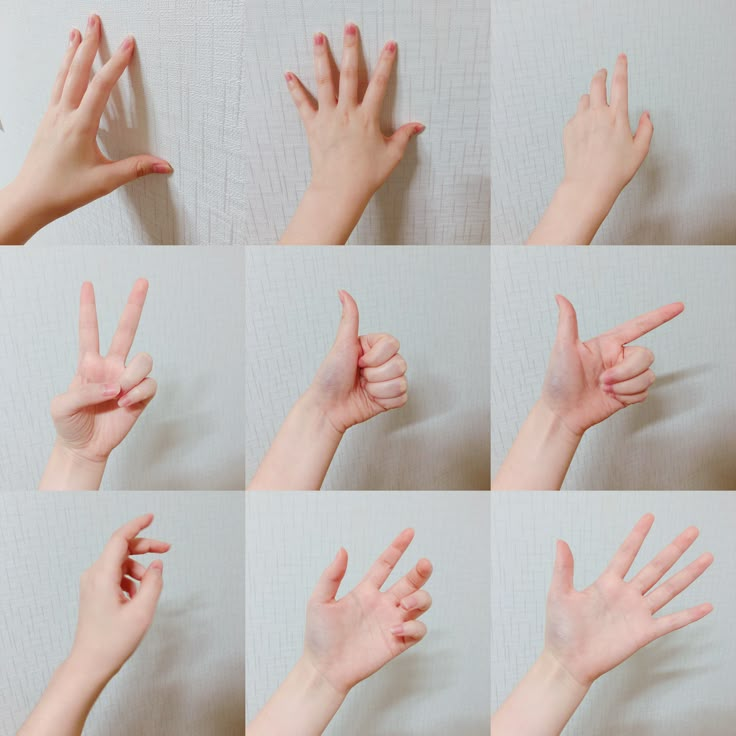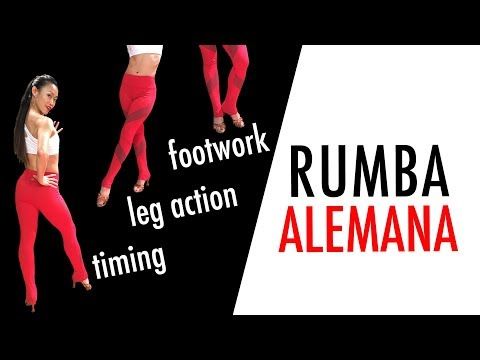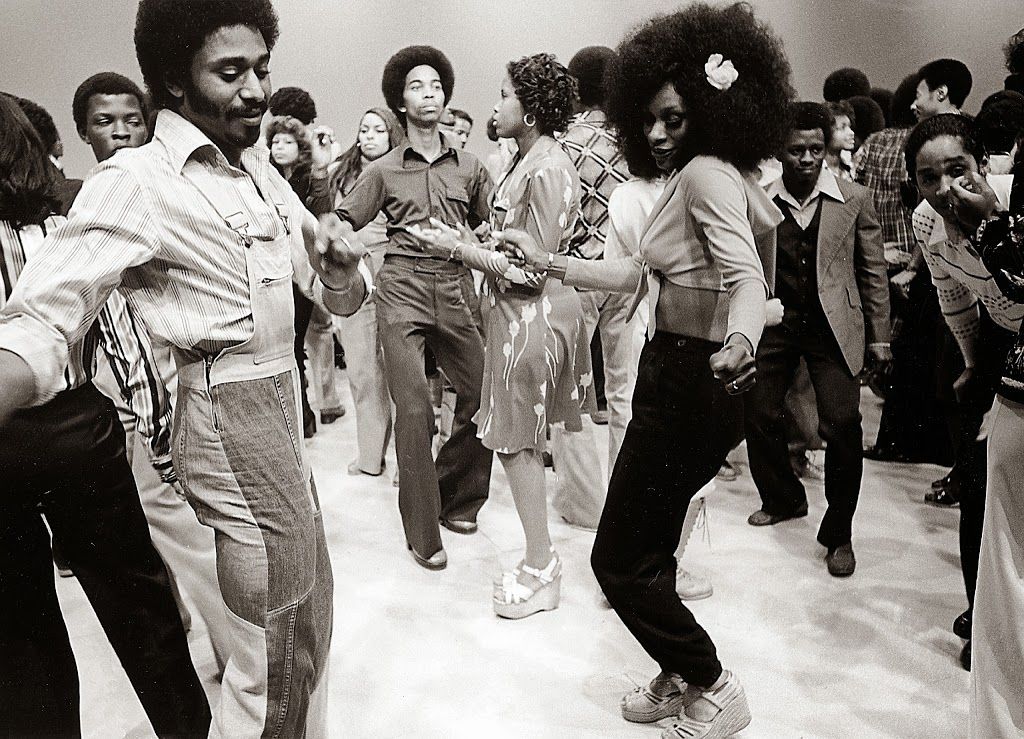How to dance latin style
Latin Dances List: 15 Popular Styles, Names & History
Latin dances are rather a large group of dance styles that are united by their place of origin - Latin America and invariably passionate rhythms and performances. Latin American dances are a type of ballroom and club dances that spread throughout Europe in the 19th century and became very popular. They owe their wide popularity to curiously mixed cultures of the Americas, including European and local folk dances. Thus, the Spanish folk dance, the elements of which were performed by bullfighters during a bullfight, became known throughout the world as a paso doble. Samba was brought to Brazil, and then to Europe, African influence is seen in rumba and cha cha cha which originated in Cuba and Haiti.
LATIN DANCES LIST
The traditional program of Latin Ballroom Dances, adopted by the World DanceSport Federation, since 1930 includes five dances in the Latin American section. These are Samba, Rumba, Cha-Cha-Cha, Paso Doble and Jive (United States origine). All of them are performed in a pair, a man and a woman and, unlike the European dances, the partners during the performance can either separate the contact, or cling to each other very closely. All Latin American dances are rhythmic and emotional, and some of them are particularly sensual.
The other large group of Latin dances is so-called Social (or ”club” Latina) includes Salsa, Bachata, Merengue, Reggaeton, Mambo, Kizomba, Zouk and Argentine tango. It has long been one of the most popular group of mass dance, both in Latin America and in the United States, Europe and Asia. Salsa and bachata, merengue and mambo - these dances do not require perfected skill, it is more important to reveal them completely, turning movements into meaningful love and passionate stories. For many years, the cult for all Latin dancers is the movie “Dirty Dancing” with Patrick Swayze, where the most popular amateur dances are shown in all its glory.
Here is a List of Social Latin American dances:
Salsa
Salsa dancing initially developed into a particular style in the 1940s and comes from a tradition of Latin dance styles that dates back to the early 1900s. It is heavily influenced by Afro-Cuban traditions and dance styles such as mambo, guaguanco and danzon. The brief history of salsa dance is that people moved to new locations and assimilated into new cultures, where salsa evolved into fresh styles. There are several different salsa styles influenced by cultures of the cities they originated. For instance, most famous in North America in United States are New York Salsa (also known as dancing 'On 2') and Los Angeles Salsa (known as dancing 'On 1'). Many dance aficionados actually claim that New York Style salsa is the original style of salsa, as the term and the dance were coined in the Big Apple. Other styles include Cuban salsa, Cumbia, Rueda de Casino (read more on salsa dance types here). Besides New York and Los Angeles in USA, major cities around the world where salsa is most popular are: Toronto Salsa and Vancouver Salsa in Canada and in United Kingdom: London Salsa. There are numerous Salsa Festivals around the world that attract thousand of Salseros every year as well as Salsa Congress which is a multi-day dance festival featuring workshops, social dancing, performances and competitions focusing on Salsa dancing.
It is heavily influenced by Afro-Cuban traditions and dance styles such as mambo, guaguanco and danzon. The brief history of salsa dance is that people moved to new locations and assimilated into new cultures, where salsa evolved into fresh styles. There are several different salsa styles influenced by cultures of the cities they originated. For instance, most famous in North America in United States are New York Salsa (also known as dancing 'On 2') and Los Angeles Salsa (known as dancing 'On 1'). Many dance aficionados actually claim that New York Style salsa is the original style of salsa, as the term and the dance were coined in the Big Apple. Other styles include Cuban salsa, Cumbia, Rueda de Casino (read more on salsa dance types here). Besides New York and Los Angeles in USA, major cities around the world where salsa is most popular are: Toronto Salsa and Vancouver Salsa in Canada and in United Kingdom: London Salsa. There are numerous Salsa Festivals around the world that attract thousand of Salseros every year as well as Salsa Congress which is a multi-day dance festival featuring workshops, social dancing, performances and competitions focusing on Salsa dancing.
Bachata
Bachata dance is known for its love stories, and its syncopated rhythm. The dance actually was born of the music in the Dominican Republic during the 1960’s. Unfortunately, a dictatorship that found Bachata to be an art form of low standing held the music and the dance back for decades. The music was first developed with a heavy guitar emphasis and heartrending love stories as its basis. However, it grew primarily within bars and brothels, and this led to Bachata being held back for literally decades. Although the Bachata dance itself is a spinoff of the music, in recent years the music has grown more slowly than the dance. Bachata dance continues to grow and thrive all over the world, and has finally reached a place where it is widely accepted.
Merengue
The Merengue is a couple dance that has roots in the Dominican Republic.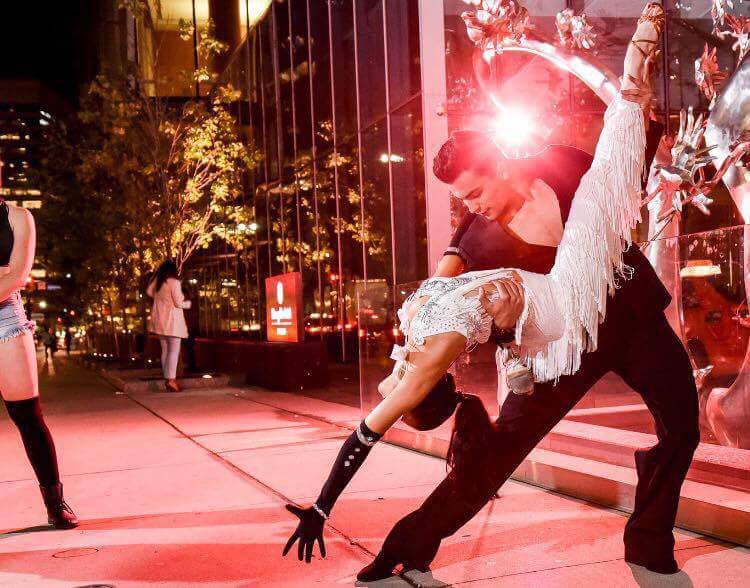 There are many theories of how precisely it became the dance that it is today. It is certain, however, that Dictator Rafael Trujillo deemed it the Dominican official dance and musical style after his rise to power in the 1930’s. A similar style is enjoyed in neighboring Haiti. The Merengue is one of the recognized Latin dance that has evolved over the years and widely enjoyed in many parts of the world.
There are many theories of how precisely it became the dance that it is today. It is certain, however, that Dictator Rafael Trujillo deemed it the Dominican official dance and musical style after his rise to power in the 1930’s. A similar style is enjoyed in neighboring Haiti. The Merengue is one of the recognized Latin dance that has evolved over the years and widely enjoyed in many parts of the world.
Mambo
Mambo is a Latin dance of Cuba which was developed in the 1940s when the music genre of the same name became popular throughout Latin America. The word mambo comes from the name of the god of war. In immemorial times, the Cubans dedicated a ritual dance to him, with the aim of deserving location and ensuring patronage. The mambo dance has much in common with rumba and cha-cha (at first, the famous cha-cha-cha was even called syncopated mambo), but it has a great temperament, freedom in expressing feelings and emotions, luxurious music. Incendiary rhythms of mambo are widely used in cinema. This dance is both a means of seduction and a way to express your feelings. Among the most famous films in which dance is used is the film “Mambo” with starring Antonio Banderas and Arman Assante and the more modern film Dirty Dancing starring Patrick Suezi.
Incendiary rhythms of mambo are widely used in cinema. This dance is both a means of seduction and a way to express your feelings. Among the most famous films in which dance is used is the film “Mambo” with starring Antonio Banderas and Arman Assante and the more modern film Dirty Dancing starring Patrick Suezi.
Kizomba
Kizomba is a new direction of latin dance culture that originated in Angola in the 1980s under the influence of French Creole music and African folk rhythms. And in Europe, it has spread widely in the twenty-first century. Kizomba has similar features with samba, bachata and Argentine tango, but this style is smoother, moderate and calm. Energy of Kizomba is more sensual and romantic, not expressive but rather flirtatious. Nowadays, Kizomba is winning the hearts and minds of modern youth. Everyone wants to learn how to dance Kizomba, everyone wants to shine at parties, to be fashionable and modern. There are numerous Latin Festivals around the world that include Kizomba as one of their featured dances.
There are numerous Latin Festivals around the world that include Kizomba as one of their featured dances.
Zouk
In the late 20th century, dramatized concert performances with bright costumes and lively ethnic music were popular in Haiti, Martinique and the Cape Verde Islands. This is how the Zouk dance style emerged, combining the intonation of authentic Haitian music, the calypso style, the sound of “black” Angolan music. “Zouk” in French Creole means “party” or “festival.” Dancing evenings with live music have won wild popularity not only on the islands. France, Canada, Brazil and the countries of Asia and latey United States have not resisted the pressure of the sensual rhythm.
Zuk dance is a social dance that is performed on three counts and is saturated with beautiful curves of the upper part of the body and deflections, and the steps and turns are complemented by circular rotations, wave-like movements and turns of the head.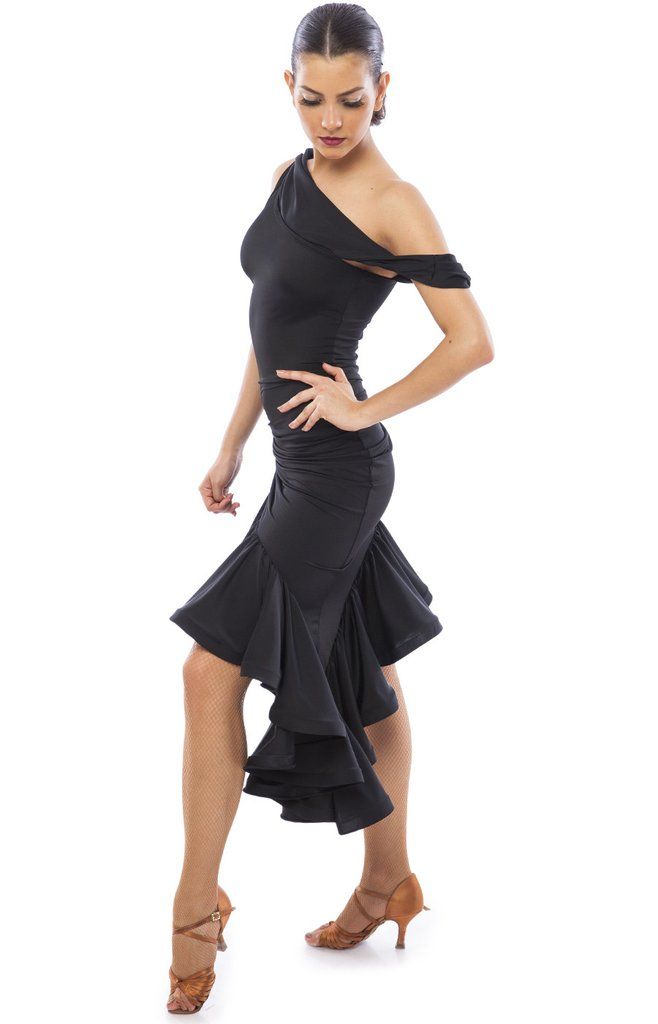 This style of dance is much more sensual than others, its turns and “falls” are spectacular, so the flexibility of the partner is of particular importance. Acrobatics are allowed. There are many Latin Festival events around the world that include Zouk dance as an essential part of their program.
This style of dance is much more sensual than others, its turns and “falls” are spectacular, so the flexibility of the partner is of particular importance. Acrobatics are allowed. There are many Latin Festival events around the world that include Zouk dance as an essential part of their program.
Reggaeton
Reggaeton is a musical style that originated in Puerto Rico and Panama in 1970-1980. It was born under the influence of such directions as reggae, dancehall, hip-hop and very quickly became popular in the countries of Latin America and the Caribbean. And how a separate style was highlighted in the 1990s, spreading its popularity to the USA, where immigrants brought it. A characteristic feature of this musical direction is overt and even somewhat aggressive sexuality, a clear reggae rhythm and a recipe in Spanish. Nando Boom and El General are considered to be the fathers of this musical direction.
Argentine tango
Tango is a very sensual dance, and is among some of the most famous couple dances today. Prior to the birth of Tango, which happened in the poorer sections of Buenos Aires in the early 1900’s, there were only a few dances that required that a couple become so intimate as to face each other. The history of Argentine Tango is a little muddled, as it began in the lower classes, and it has faced many trials over the years. However, Tango has survived and grown into a dance that is enjoyed worldwide. Around 1911, Tango made the trip overseas and became a sensation in Paris, London and Berlin. 1913 saw it strike New York City in full force, although less authentic Tango dancing was already practiced there to some extent.
Tango scenes have been featured in many tango films. Tango scenes have been featured in many tango films. Today we see many thriving tango communities around the world, with the biggest one in Buenos Aires (Argentina), in USA: New York tango and Seattle tango are among the largest, in Europe: Berlin and more. You can catch the best tango performances at many Milongas (social tango dancing). There are as well many Tango Festivals around the world that attract thousand of Tangueros and fans.
Tango scenes have been featured in many tango films. Today we see many thriving tango communities around the world, with the biggest one in Buenos Aires (Argentina), in USA: New York tango and Seattle tango are among the largest, in Europe: Berlin and more. You can catch the best tango performances at many Milongas (social tango dancing). There are as well many Tango Festivals around the world that attract thousand of Tangueros and fans.
Bomba
Bomba is one of the traditional dances and musical styles of Puerto Rico, which arose at the intersection of African and Spanish cultures and the Indian culture of native Taino. Bomba got its name from the drums made out of rum barrels. The base rhythm of Bomba is performed on two or more drums. The meaning of bomba is similar to the meaning of Cuban rumba - it is a competition between a singer, a dancer and a percussionist.
The main trait of Bomba is that the musicians in it follow the dancer (and not vice versa). The vocal part consists of the recitals of the soloist and choir (at least three voices). In this case, the soloist will improvise poetry, and the chorus will respond to him.The dance is still extremely popular in Puerto Rico and New York.
The vocal part consists of the recitals of the soloist and choir (at least three voices). In this case, the soloist will improvise poetry, and the chorus will respond to him.The dance is still extremely popular in Puerto Rico and New York.
Plena
Puerto rican style of music and dance, used as a means of social and political expression. This traditional dance uses a panderet (tambourine), has a 4/4 pace and does not follow the clave. Plena was created 100 years ago in the working class barrios of Ponce, Plena's roots could be traced back into the changes in society brought on by Puerto Rico's move from Spanish into U.S. rule. Plena was born of African American roots and has been changed to a distinctively Puerto Rican dance style from the consequences of Jíbaro, indigenous Taino, and European musical traditions, along with the contribution of freed slaves out of English-speaking Caribbean Islands who travelled to Puerto Rico.
Plena primarily existed within folklore nevertheless, in the 1990s Plena has been given new life due to musical bands from Puerto Rico and New York who updated its sound to be fresh and modern. Whether folklore or contemporary audio, it is the panderos -- three or more handheld drums of distinct sizes/pitches (seguidor, segundo, and requinto), along with also the guiro -- a gourd percussion tool of native Taino source -- which collectively create the unique rhythm of Plena.
Here is a list of Latin Dances included in the program of Ballroom dancing (International Latin):
Samba
Samba is a dance rich in history, and one that is known for the joy it expresses. The traditional Brazilian Samba is a national favorite each year at Rio’s Carnival Celebration. Both men and women, each known as a Sambista, present the rhythmic celebratory dance throughout the city during the festivities. The Ballroom Samba varies greatly from many of the styles, but does maintain some of the Brazilian Samba characteristics. Ballroom Samba is recognized as one of five International Style of Latin Dancing partner dances. The Samba as seen today developed in Rio near the close of the 19th century. In 1917, Samba was beginning to be viewed as a dance style in its own right. The year of 1930 saw it become an accepted form of ballroom dance -- Ballroom Samba has made a lasting impact on partner dancing throughout the world.
Ballroom Samba is recognized as one of five International Style of Latin Dancing partner dances. The Samba as seen today developed in Rio near the close of the 19th century. In 1917, Samba was beginning to be viewed as a dance style in its own right. The year of 1930 saw it become an accepted form of ballroom dance -- Ballroom Samba has made a lasting impact on partner dancing throughout the world.
Rumba
Rumba, one of the five international Latin dances, is a sultry story in motion. This particular Latin dance is widely acknowledged as the most sensuous. Rumba has humble beginnings. As with many others, at least some of Rumba’s roots can be traced back to African tribal dances. However, it is in the nation of Cuba where it became the Rumba that is still so popular today. It is commonly referred to as the grandfather of Latin dance. Rumba hit the United States during the 1920’s, and laid the groundwork for all Latin dances thereafter.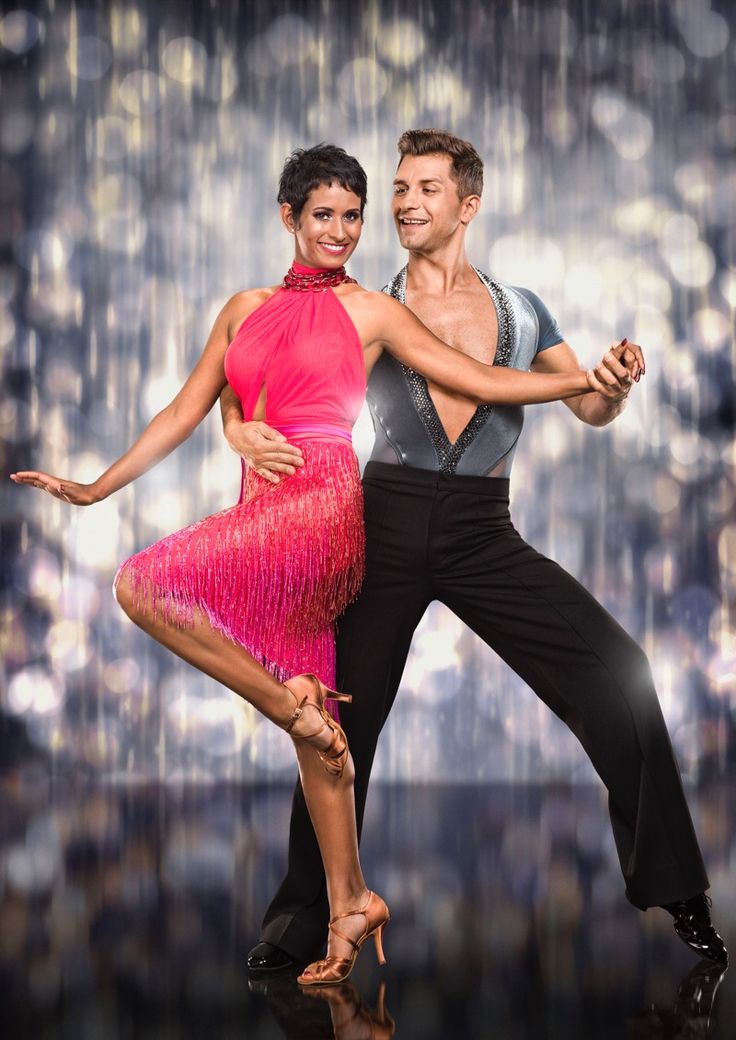
Cha-Cha-Cha
Originally known as Cha-Cha-Cha, the name of this flirtatious and upbeat partner dance has been shortened a little over the years to simply Cha-Cha. This particular dance style was developed originally in Cuba, and then picked up by dancers visiting Havana from all over the world. The dance's fun, flamboyant and quick nature made it appealing then, and certainly adds to its appeal now. The more authentic Cuban style is very sensual, somewhat teasing and a bit contagious. Not only is the Cha-Cha still danced across the globe and is one of the International Style of Latin Dancing partner dances, the musical genre can be heard sung by incredibly popular musical artists even today.
Paso Doble
Paso Doble (Spanish for “two steps”) is a Spanish dance imitating a bullfight.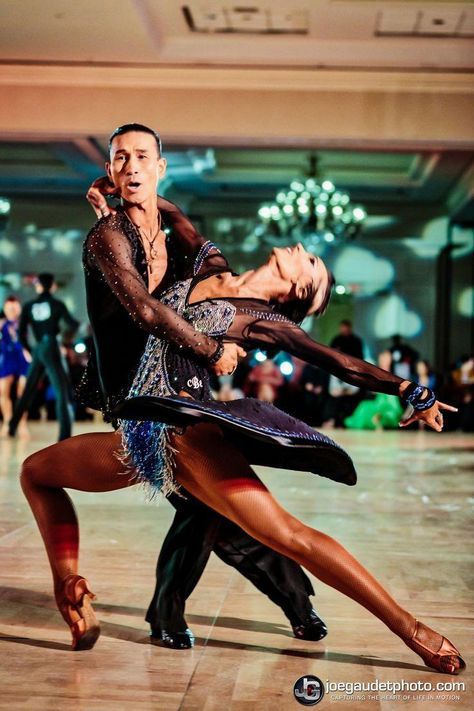 Paso doble was one of the many Spanish folk dances associated with various aspects of Spanish life. The partner represents the torero, and the partner - his cloak (muleta), sometimes - the second torero, and very rarely - the bull, as a rule, defeated by the final blow. The nature of the music corresponds to the procession in front of the bullfight. The dance was first performed in France in 1920, became popular in Parisian high society in the 1930s, therefore many steps and figures have French names. After the Second World War, Paso Doble was included in the Latin-American program of sports ballroom dancing.
Paso doble was one of the many Spanish folk dances associated with various aspects of Spanish life. The partner represents the torero, and the partner - his cloak (muleta), sometimes - the second torero, and very rarely - the bull, as a rule, defeated by the final blow. The nature of the music corresponds to the procession in front of the bullfight. The dance was first performed in France in 1920, became popular in Parisian high society in the 1930s, therefore many steps and figures have French names. After the Second World War, Paso Doble was included in the Latin-American program of sports ballroom dancing.
Jive
Jive is a dance of African American origin that appeared in the USA in the early 1940s. Jive is a type of swing with fast and free movements. Modern jive is very different from swing in style, although it often uses the same shapes and movements. Jive dance is performed at ballroom dancing competitions.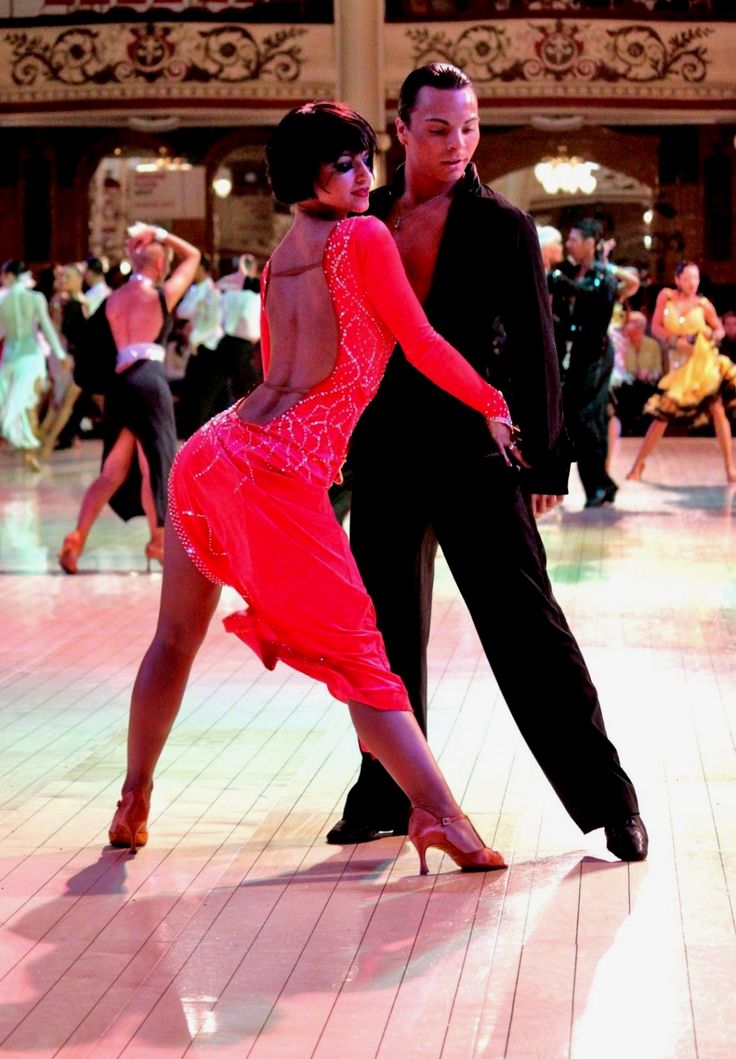 Of the five dances of the Latin American program, the jive is always the last and is the apotheosis of the competitive program. This dance is very fast and sparkling. Thus, it allows couples not only to demonstrate technical skills, but also to show their physical fitness.
Of the five dances of the Latin American program, the jive is always the last and is the apotheosis of the competitive program. This dance is very fast and sparkling. Thus, it allows couples not only to demonstrate technical skills, but also to show their physical fitness.
There is also East Coast Swing that we plan to cover later. Stay tuned!
5 Popular Latin American Dance Styles
Rumba
The rumba is a very sensual, slow, and sexy ballroom dance. It originated in African slave communities in Cuba during the sixteenth century. The original form of the rumba was a bit more aggressive and faster; the dance we know today is still full of passion and sizzle. It has influenced many popular Latin American dances, such as the cha cha. A slower version of the African slave dance turned a bit more conservative from the middle-class Cubans, refining the dance into the Son.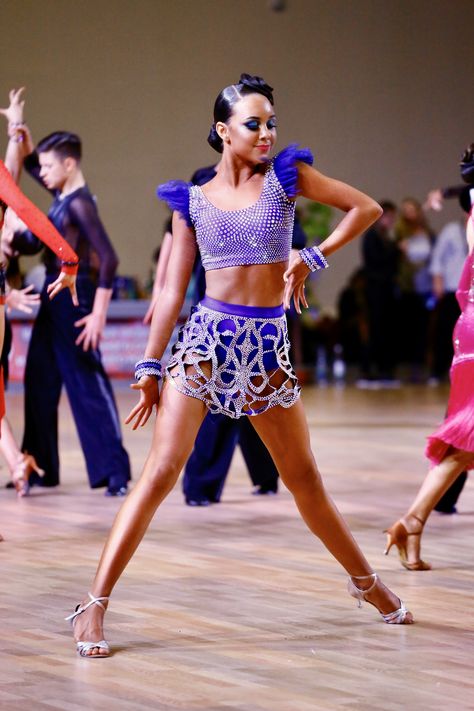 The Son’s dance made its way to America in the early 1900s. Before long, the American Rumba was born, with its roots firmly planted in Latin and African culture.
The Son’s dance made its way to America in the early 1900s. Before long, the American Rumba was born, with its roots firmly planted in Latin and African culture.
To do this dance, grab your partner, face each other and step forward with your left foot. Next, slide your right foot to the right, opposite from your left foot. Slide your left foot to meet the right, then step back with your right foot. Slide your left foot back to the left, opposite your right foot, and step your right foot to meet the left foot. Repeat steps.
Tango
The tango is a very slow dance between two people. This slow sexy dance originated in Buenos Aires in the mid-1800s. With many cultures mixing together from Spain, Italy, Russia, Poland, and Portugal mingling with African slaves. Sharing their dance traditions, and creating a new one based on their cultures, an early form of tango was created. Today the dance is extremely popular in nightclubs and dance studios around the world.
For this dance, you will need a partner. The leading partner will step forward with his left foot for two counts, then step forward with the right foot for two counts. Next step forward with the left foot for one count followed by a slight forward step and to the side with the right foot, so both feet are then at an angle for one count. Close the left foot to your right foot for two counts. Once you progress through learning the tango, turns and embellishments can be made.
The leading partner will step forward with his left foot for two counts, then step forward with the right foot for two counts. Next step forward with the left foot for one count followed by a slight forward step and to the side with the right foot, so both feet are then at an angle for one count. Close the left foot to your right foot for two counts. Once you progress through learning the tango, turns and embellishments can be made.
Salsa
The Latin American dance of the Salsa holds its roots in Columbia, Puerto Rico, and Cuba. Born in the 1960s, a new rhythm combined several different Latin Dances, including vibes from the cha cha, rumba, and the mambo. Though there are many different beliefs on its true origins, Salsa seems to have been developed by Cubans and Puerto Ricans living in New York in the 1960s.
This exotic dance was brought to popularity and made more mainstream with Desi Arnaz, Celia Cruz, Carmen Miranda, and Tito Puente. These famous Latin Americans helped to bring Latin Music into American homes, readying them for the new Salsa craze.
There are six different styles of Salsa that are danced worldwide. Other countries have evolved the Salsa into different styles, though it originated in New York. Salsa music is written with four beats per measure, and the full salsa dance step is performed in just two bars per eight beats. The first measure will be for the left foot, while the second measure is made for the right. There is a leader that is usually the man, and the follower, which is generally the woman. They start in a closed position, facing each other with the leader holding the follower’s right hand with his left resting his right hand on the woman’s back. Many of the movements in Salsa is based on the hips, legs, and feet. While dancing, you always want to keep yourself fluid and loose and pay close attention to the beats.
Latin American Dance Styles are Captivating & Exciting
Latin American Dance Styles are so popular. Latin dance is captivating and exciting, from dancing the salsa to the tango, rumba, and more.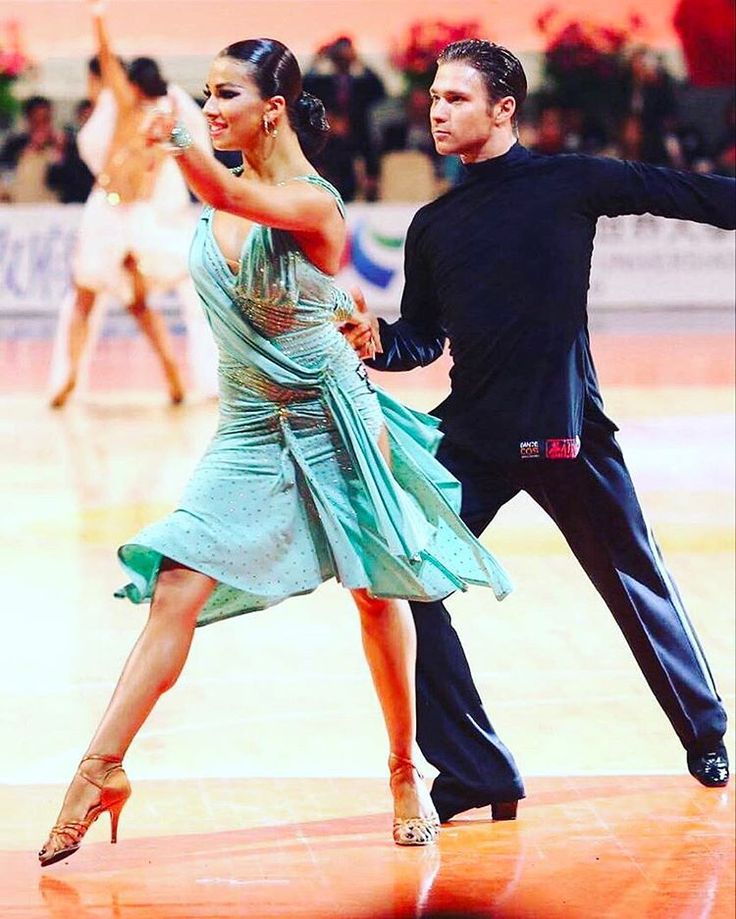 Many of these dances hold their roots in Cuba, Puerto Rico, Columbia, and on the island of Hispanola.
Many of these dances hold their roots in Cuba, Puerto Rico, Columbia, and on the island of Hispanola.
Long before the many dances that we know today, Latin American styles originated from indigenous people across Latin American cultures. The unique and intricate dances these people were dancing were part of their heritage, dancing them at gatherings and rituals and being a vibrant culture. While those dances may have changed some, the spirit and soul of those dances have transcended into the Latin American dance styles we see today.
Arthur Murray Orlando – 5 Popular Latin American Dance Styles
Are you ready to spice up your life? Learn a Latin American dance style. We teach salsa, cha cha, rumba, merengue, tango, Bachata, and other popular ballroom dance styles such as the waltz and foxtrot, just to name a few. Bring your favorite dance partner (or borrow one of ours), dancing shoes, and get ready for a great time on the dance floor. We can’t wait to teach you some of these incredible dances.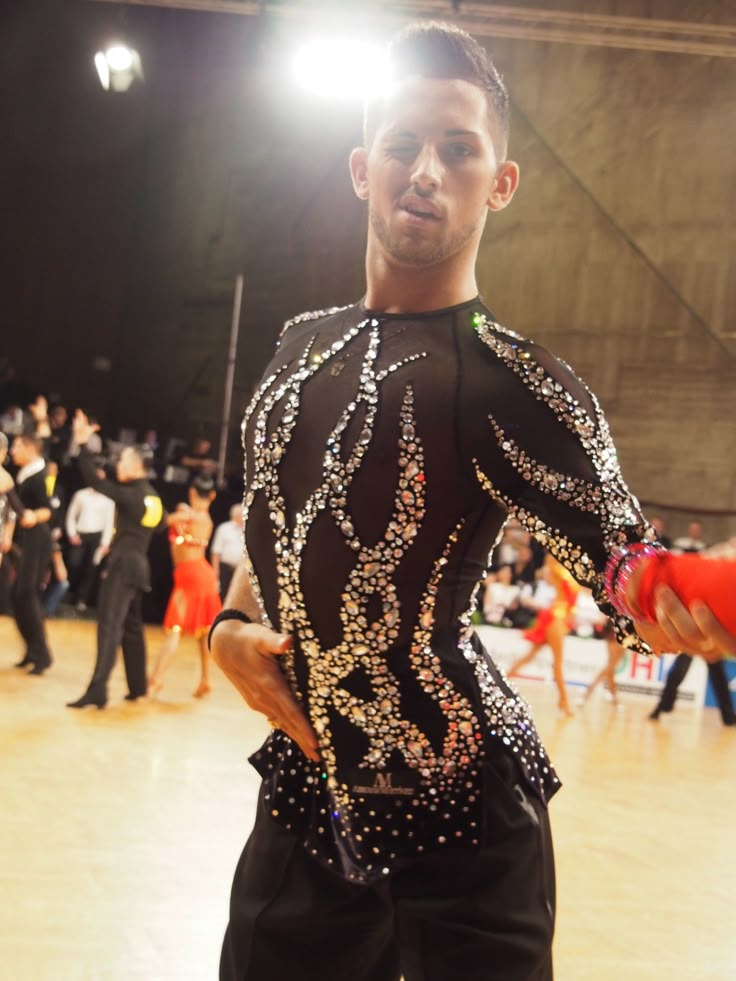 Contact us to sign up for a class! Your first one is free!
Contact us to sign up for a class! Your first one is free!
Latin American Dance Review
Latin American Dance Review
Our Latin American Dance Review. Go!
At the mention of Latin American dances, temperamental dancing couples instantly appear in the musical memory, surrendering to the accompaniment melody with every turn of the head, every spectacular step. People in Latin America love and know how to dance, and they are happy to fill their home leisure with dancing, and successfully demonstrate their dancing abilities on the street to random passers-by.
Charming Lambada
Lambada's birthplace is Papa State in Brazil. The appearance of this dance caused at one time a storm of indignation in society. Defenders of morality insisted that the dance almost promotes pornography. However, over time, the passions subsided, and the unpretentious beautiful melody performed by the French group Kaoma has been involving all new couples in an incendiary fast dance for more than a decade. Lambada is refined, gentle, it easily relieves stress and cheers up more
Lambada is refined, gentle, it easily relieves stress and cheers up more
Zouk - a passionate French "party"
There are Brazilian and Franco-Caribbean dances.
Its peculiarity is the execution of movements both in close contact of partners, and at a considerable distance from each other in such a way: first - the movement of the hips, then the dancer's body moves, as if catching up with the hips. These characteristic movements give the dance composition a special sensuality.
Depending on the musical preferences of the performers, the dance can consist of a variety of rotations, bends, turning into intricacies of complex steps. Another stylistic feature of the pair dance zouk is a special way of leading the partner in the dance, when she, bending, throws her head back below the waist, while swaying her hair from one side to the other further
Passion and bliss Bolero
If speech comes to the bolero, then you need to understand that there are two completely different dances under the same name.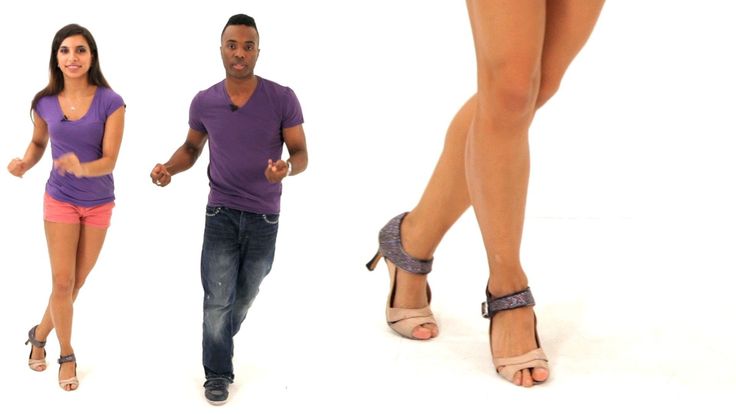
More famous is the Spanish bolero. The restrained rhythm and characteristic melodic structure seem to hold back, do not allow the performer's emotions and passions to break out. Spanish dance appeared earlier and largely influenced the emergence of the Cuban version of the dance.
In Cuba, the bolero is performed in a completely different style. It is a slow dance full of grace and languid bliss, romantic.
From the Spanish bolero, the Cuban dance adopted several elements of the Spanish habanera and some dance steps of the danzón. next
The attractive charm of Kizuba
A unique characteristic feature of Kizuba is a direct slow -down, as if stretching musical accompaniment performed on modern power tools. This dance gave its name to a whole musical direction. The musical themes in kizomba, which are a cocktail of bizarre African rhythms and romantic languid melody, replace each other every four measures.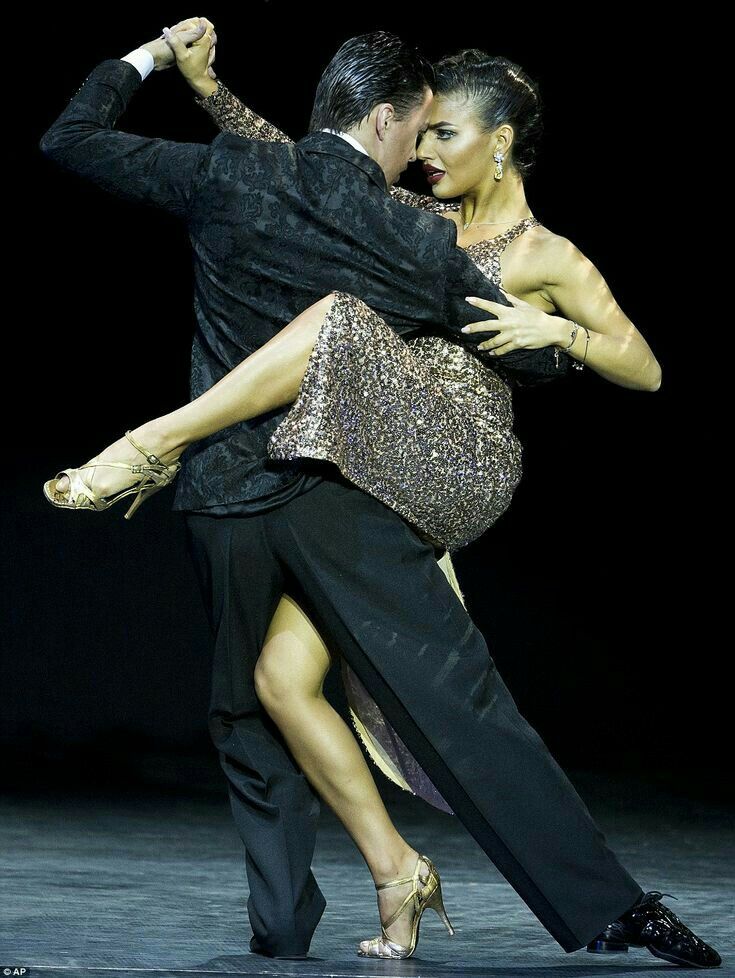 In terms of musical presentation, kizomba is very similar to zouk melodies. There was a time when it was believed that songs performed in Portuguese in the style of kiomba were kiomba. If the song sounded in French, then this is already a zouk. next
In terms of musical presentation, kizomba is very similar to zouk melodies. There was a time when it was believed that songs performed in Portuguese in the style of kiomba were kiomba. If the song sounded in French, then this is already a zouk. next
Rumba. A story about true passion
For quite a long time, the rumba was a dance of newlyweds in Cuba. In it, a loving couple expressed passion and a strong emotional upsurge of lovers. This is a dance of love, full of sensuality and extremely expressive emotions.
Among the entire list of ballroom dances, rumba stands out for its deepest emotional content. Performers and spectators get aesthetic pleasure from dance due to the unique combination of dramatic music and bright, emotional character of movements. Rumba has long been recognized as a dance of love, but unhappy love, with a touch of tragic passion.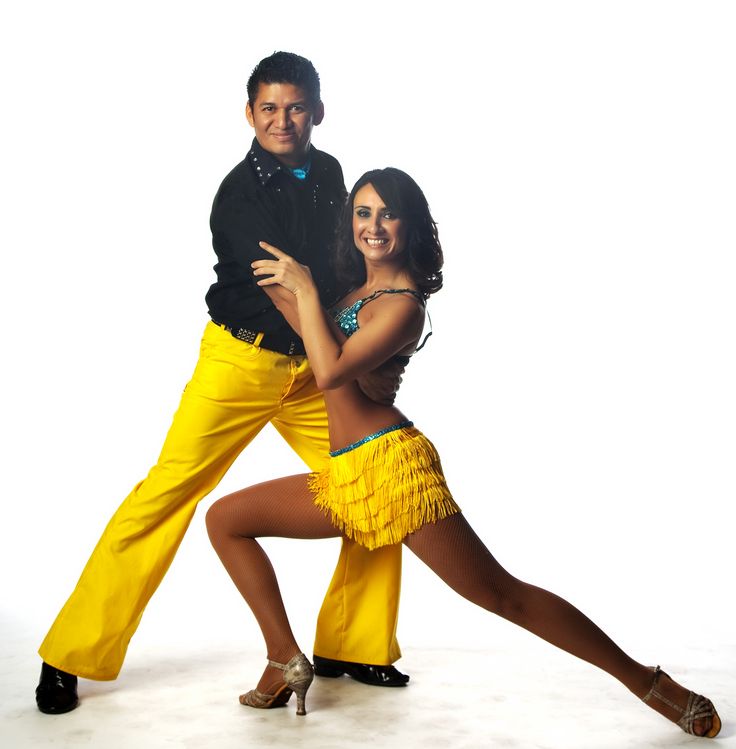 next
next
The burning passion of the Argentinean tango
Tango tango is considered the Argentine tango. This beautiful and expressive dance, accompanied by the bewitching sounds of musical accompaniment, cannot but delight. At first, tango was considered an almost immoral dance against the backdrop of cutesy salon dances of the 19th century, but over time, society recognized and appreciated its merits. There are several directions and varieties of this dance in the world, but the Argentine tango has been declared the recognized king of the style.
This is a couples dance filled with juicy musical sound, whimsical melodic turns combined with a clearly defined rhythm. Further
CHA-THE-CA-CO-COCETOTS
The dance is very popular all over the world, it is part of the professional contest of bell dancing performers (its Latino-American unit).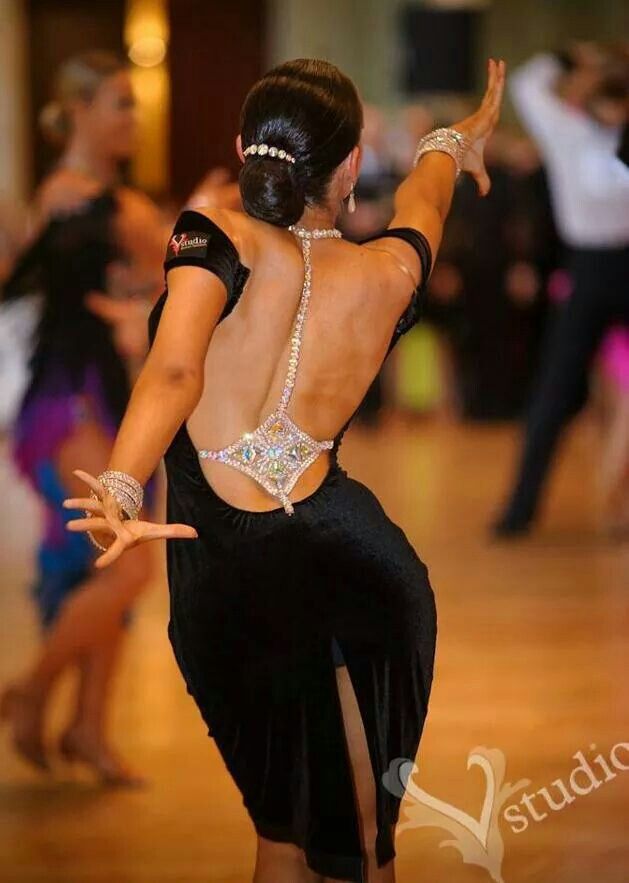 Cha - cha - cha in its basic movements is very similar to rumba and in some moments is very similar to mambo. In this dance, a special role belongs to the female party. The expressive rhythm and exquisite charm of flirtatious movements embodies the real grace and passion of the dance, in the movements one can easily read the history of the relationship between a man and a woman. next
Cha - cha - cha in its basic movements is very similar to rumba and in some moments is very similar to mambo. In this dance, a special role belongs to the female party. The expressive rhythm and exquisite charm of flirtatious movements embodies the real grace and passion of the dance, in the movements one can easily read the history of the relationship between a man and a woman. next
Salsa
Hot and passionate, dance from the first sounds involves the performers and spectators in delightful rhythms of the Latin American continent. Salsa combines several types and directions of modern local ethnic dances, so it does not have any standards and rules. Each option - and there are an incredible number of them - has its own unique pattern and peculiar rhythm. Whatever type of salsa is performed, it is always attractive and interesting for the dancers themselves and grateful spectators.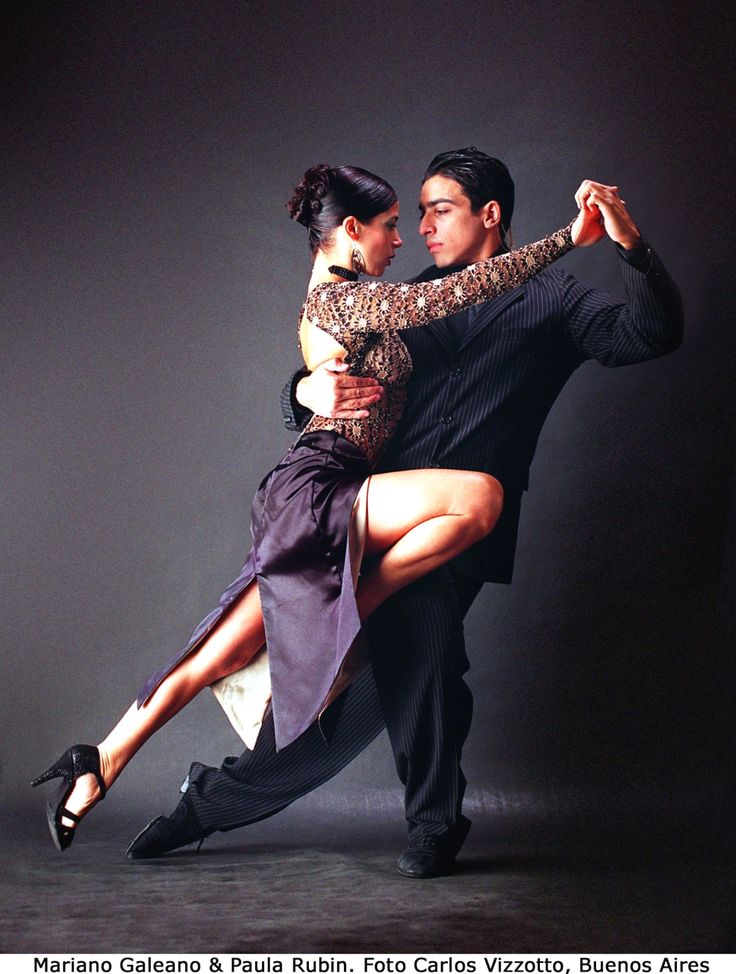 next
next
BACHATION Musical interweaving
This is an unusually beautiful, sensual, slightly erotic Latin American dance first called "Gorechi Tannaya". Today, bachata is perhaps the most popular social dance in the world.
The main law of dance is the close contact of partners. This greatly helps the dancers to make sliding air movements in a circle, as if wrapping their arms around each other with intertwined hands connected in a “castle”. The dance step is quite simple, its basic basis is steps forward, backward and sideways (four steps), clearly emphasizing the last of the steps.
Initially, bachata was performed as a folk dance, so the choreography here is quite unpretentious. However, for a good performance of bachata, it is necessary not only to mechanically perform its elements, but it is necessary to feel the dance with all your heart and be able to surrender to the performance with every cell of the body.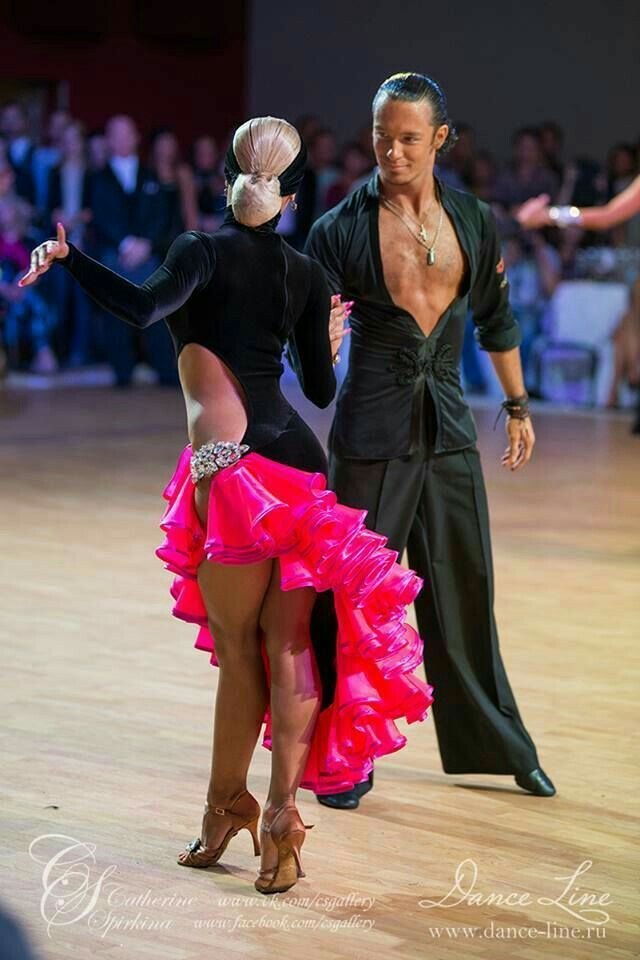 further
further
Merengue. Air rhythms of the Caribbean
The countries of the Caribbean are considered to be the birthplace of the dance composition, it is the national dance of Haiti and the Dominican Republic. Paired sensual merengue is incredibly popular throughout the Latin American continent, from where it began its rapid spread to other countries. It probably got its name from the name of the cake (“merengue” - meringue), since the even and precise rhythm of the dance is very reminiscent of beating eggs in the process of making a cake.
The dance is mostly improvisational, with a touch of flirtation and eroticism. Along with paired elements, performers can demonstrate some solo steps, bringing their skills to the attention of the audience and a partner and competing in the art of merengue performance. more
What are the varieties of Latin American dances? | Dance school Cosmo Dance
It was a long time ago when stunning Latin American dances conquered not only the whole of Europe, but also the Soviet space. And, for sure, few people were insensitive to the wonderful and talented dancer Johnny performed by the fantastic Patrick Swayze. Now Latin American dances are far from less popular.
And, for sure, few people were insensitive to the wonderful and talented dancer Johnny performed by the fantastic Patrick Swayze. Now Latin American dances are far from less popular.
Various dance schools host not only dance classes, but also various incendiary parties where everyone can show what they have learned in their dance class.
However, there are many varieties of Latin American dances, which are generally difficult to distinguish. Therefore, let's deal with these species together!
In general, Latin American dances are divided into 2 groups:
The first group consists of rather classic Latin American dances: samba, rumba, paso doble, cha-cha-cha and jive. Having learned these dances, in the future you can even participate in competitions with them.
And the second group includes club dances such as salsa, mambo, bachata and merengue. And knowing these dances, you can easily become the star of a club Latin American party!
So, let's get to know the first group of classical Latin American dances better.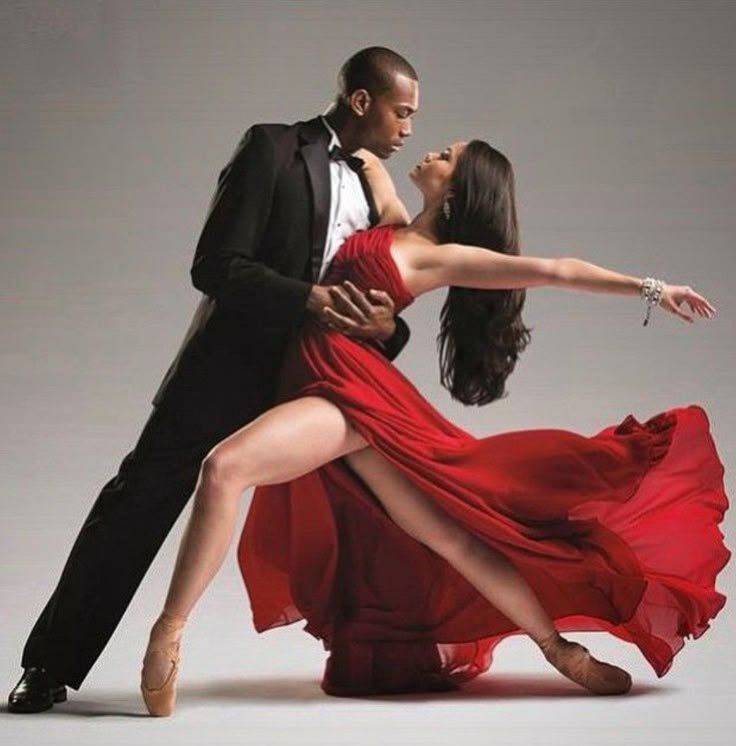
"
Rumba "- as you know, this is the "dance of love." This dance has a similar origin to the famous tango dance. Their origins come from the Cuban dance "habanera". As many as 3 varieties of incendiary rumba existed already by 19century. But the most famous at that time was the rumba - “guaguancho”. During the dance, the partner, as if following his partner, tries to touch her hips, and the partner at this time tries to slip away from these touches.
«
Cha-cha-cha »is a very active and playful dance. By the 19th century, it began its origin in Cuba. The dance comes from Africa, like most other dances of this trend. He has a special rhythm: first slow movements are performed, then they become very fast, and then slow again. The performance of this dance takes place with such a Cuban quality in the hips.
"
Paso Doble " is a beautiful Spanish dance. His idea is considered to be a fight with a bull - bullfighting. He came from a street procession of bullfight participants. That is, it looked like people were walking along the roads to the sound of a drum, stopping briefly at intersections and falling silent. In the dance, the partner, as it were, portrays a hero with a courageous character. And his partner, as if following, follows his steps.
He came from a street procession of bullfight participants. That is, it looked like people were walking along the roads to the sound of a drum, stopping briefly at intersections and falling silent. In the dance, the partner, as it were, portrays a hero with a courageous character. And his partner, as if following, follows his steps.
«
Jive »is quite a dynamic, perky and very fast Latin American dance. Its origin goes to 19century in the eastern United States. Moreover, there are many versions of who is the creator of this dance. Someone believes that they were African emigrants, while others believe that they were Indians. This dance at some time drew some ideas from the movements of rock and roll. And the main figure of this dance is a syncopated highway at a fluent pace.
«
Samba » is a very juicy and ardent dance, originally from Brazil. He began his revival due to the combination of African dances with the dances of Portugal and the dances of Spain on Brazilian soil. And therefore, after some time, the name of this dance began to be attached to other dances originating in Brazil, which is basically wrong. Since, for example, samba is also performed at the carnival in Brazil, however, this dance is too different in program and technique from its “dance brother”.
And therefore, after some time, the name of this dance began to be attached to other dances originating in Brazil, which is basically wrong. Since, for example, samba is also performed at the carnival in Brazil, however, this dance is too different in program and technique from its “dance brother”.
As for the first group of dances of the current under consideration, it has now become more clear. Next, consider the types of club dances of the same trend.
"
Mambo "is a dance that is quite famous all over the world, which is performed both in pairs or solo, and in large groups. This dance began its revival back in Cuba and its origins come from ritual dances. In the 1940s, mambo received some changes by combining jazz and Afro-Cuban rhythms.
«
Salsa » is a well-known Latin American dance, which is considered to be the queen of this group of dances. This dance began its awakening by the 20th century in Cuba.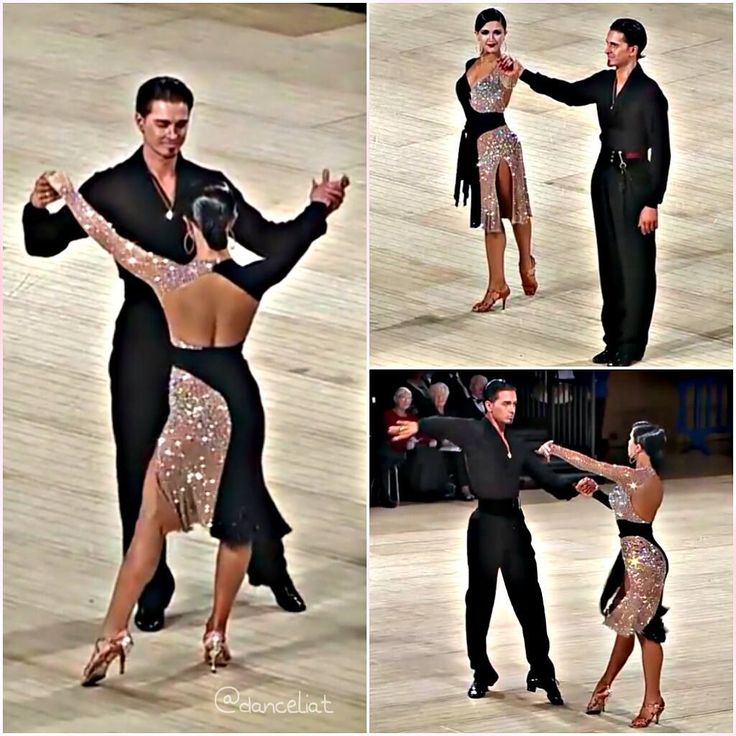 Interestingly, salsa has its own unique name - "sauce". This is because, in this dance, dance elements from the traditions of Central and Latin America are mixed. Salsa has many varieties, but the only step for all subspecies of this dance is a step that is performed on four shock counts.
Interestingly, salsa has its own unique name - "sauce". This is because, in this dance, dance elements from the traditions of Central and Latin America are mixed. Salsa has many varieties, but the only step for all subspecies of this dance is a step that is performed on four shock counts.
«
Merengue »is the most tireless and dazzling dance, in which many different movements are collected, including rotation of the hips in a circle, moving the shoulders at an accelerated pace, rotation of the body. Partners, at the same time, dance in an embrace. This type of dance originated from the Dominican Republic.
"
Bachata " is quite a romantic and contemplative dance. It has several types: “retracted bachata” and “modern bachata”, which embody the ideas of American and European dance styles, as well as “Dominican bachata”, which has great similarities with the merengue dance. This dance also originated in the Dominican Republic.